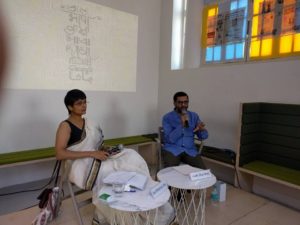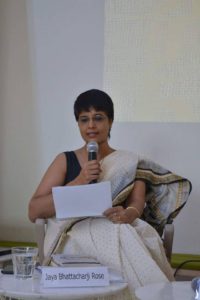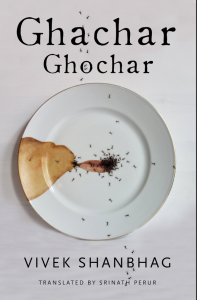HarperCollins India celebrates 25 years of publishing with special editions of 25 of its most iconic books
 HarperCollins India celebrates 25 years of publishing with special editions of 25 of its most iconic books
HarperCollins India celebrates 25 years of publishing with special editions of 25 of its most iconic books
HarperCollins Publishers India, which began its journey in 1992 with twenty books that year and a team consisting of just a handful of people, has come a long way. Twenty-five years later, HarperCollins India boasts a list of over 180 new books a year in every genre possible, be it literary and commercial fiction, general and commercial non-fiction, translations, poetry, children’s books or Hindi.
2017 marks the silver jubilee year of HarperCollins India. To celebrate its 25th anniversary, HarperCollins India is bringing out special editions of 25 of its most iconic books, calling it the Harper 25 Series, which will be available for a limited time.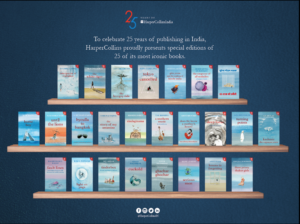
HarperCollins India’s Publisher – Literary, Udayan Mitra, says, ‘Publishing is all about the love for reading, and in the 25 years that we have been in India, we have published books that have been read with joy, talked about, debated over, and then read once again; between them, they have also won virtually every literary award there is to win. The Harper 25 series gives us the chance to revisit some of these wonderful books.’
HarperCollins India’s art director, Bonita Vaz-Shimray, who conceptualized the design for the Harper 25 series, says, ‘The series is a celebration of the HarperCollins brand – its identity and colours – the iconic Harper red and blue have been interpreted in water colour media by Berlin-based Indian artist Allen Shaw. Each cover illustration is a story in itself – a story that’s open-ended, a story that sets the mood for what’s going to come, a story that starts taking 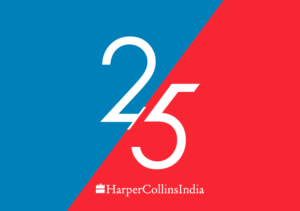 definite shape only after the reader has finished reading the book.’
definite shape only after the reader has finished reading the book.’
The entire Harper 25 series is now available at a bookstore near you. The books in the series include:
Akshaya Mukul Gita Press and the Making of Hindu India
Amitav Ghosh The Hungry Tide
Anita Nair Lessons in Forgetting
Anuja Chauhan Those Pricey Thakur Girls
A.P.J. Abdul Kalam Turning Points
Aravind Adiga The White Tiger
Arun Shourie Does He Know a Mother’s Heart?
A.S. Dulat with Aditya Sinha Kashmir the Vajpayee Years
B.K.S. Iyengar Light on Yoga
H.M. Naqvi Home Boy
Jhumpa Lahiri Interpreter of Maladies
Karthika Nair Until the Lions
Kiran Nagarkar Cuckold
Krishna Sobti Zindaginama
Manu Joseph Serious Men
M.J. Akbar Tinderbox
Tarun J. Tejpal The Story of My Assassins
Raghuram G. Rajan Fault Lines
Rana Dasgupta Tokyo Cancelled
Satyajit Ray Deep Focus
Siddhartha Mukherjee The Emperor of All Maladies
Surender Mohan Pathak Paisath Lakh ki Dacaiti
S. Hussain Zaidi Byculla to Bangkok
T.M. Krishna A Southern Music
Vivek Shanbhag Ghachar Ghochar
For more information, please write to Aman Arora, (Senior Brand and Marketing Manager) at [email protected]

